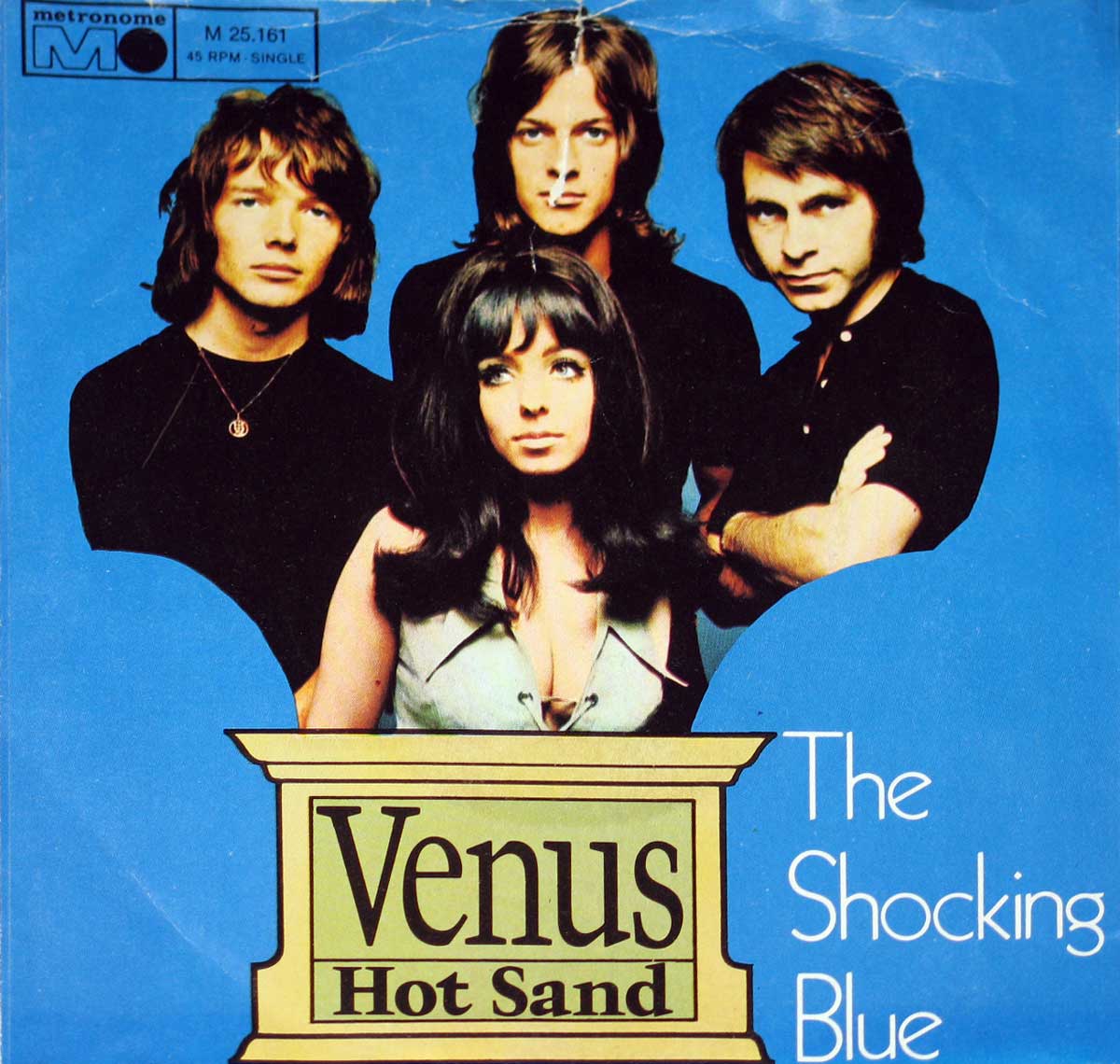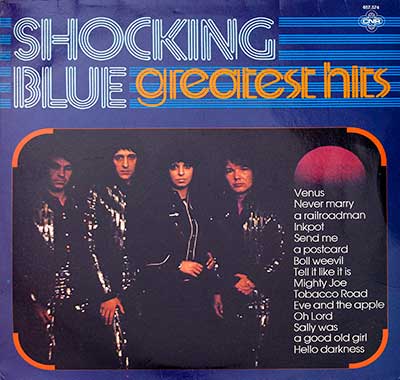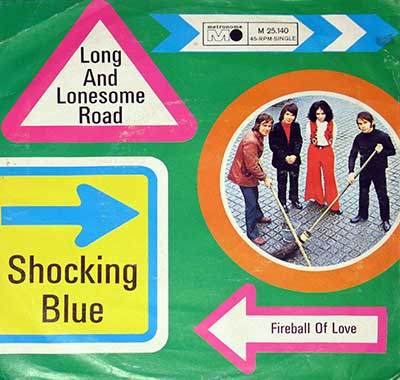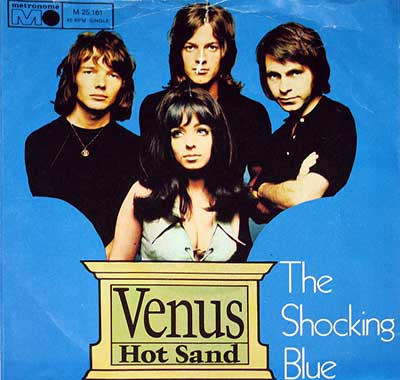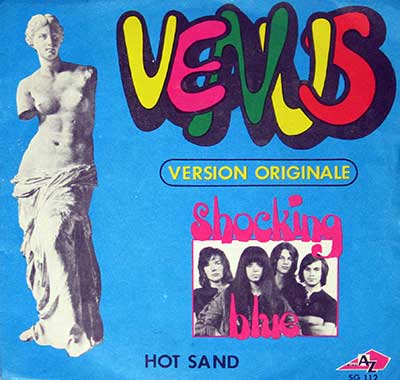Shocking BlueÕs ÒVenusÓ: The Original Dutch Rock Invocation
Introduction: A Thunderbolt from The Hague
In the thick of 1969Õs countercultural whirlwindÑwhen rock music had become a battlefield of ideology, sexuality, and styleÑa relatively obscure band from The Hague electrified the European airwaves with a single that would soon redefine the reach of Dutch rock. The band was Shocking Blue. The song: "Venus". Neither fully psychedelic nor rooted in hard rock, ÒVenusÓ transcended its lowlands origins to claim a mythical space in the canon of global pop-rock. Its original incarnation on the Dutch album "At Home" is both a cultural timestamp and a bold musical maneuver.
The Historical Context: Europe in Transition
The late 1960s saw a Western Europe in flux. Student protests in Paris, the aftermath of Prague Spring, the political fallout of Vietnam reverberating across campusesÑall informed the creative urgency of the moment. While Anglo-American acts dominated the rock conversation, continental Europe began asserting its own sonic identity. The Netherlands, with its vibrant youth culture and growing club scenes, became a surprising epicenter.
Formed in 1967, Shocking Blue initially followed in the footsteps of Dutch beat bands like Q65 and The Motions. But the addition of sultry Indonesian-born singer Mariska Veres in 1968 shifted their chemistry into something more magnetic. Robby van Leeuwen, the bandÕs guitarist and primary songwriter, saw in Veres a frontwoman who could channel raw sexuality with poiseÑa critical counterpoint to the polished femininity that dominated American girl groups.
Genre and Musical Exploration
ÒVenusÓ is a hybrid in the best sense of the word. It starts with that now-famous fuzz guitar riffÑa distorted, proto-glam pulse that evokes the urgency of rock while nodding to psychedelic textures. The drum beat, a shuffle leaning into the hypnotic, roots the song in something tribal, even elemental. But itÕs VeresÕ commanding vocal that lifts ÒVenusÓ from a jam to a declaration. ÒIÕm your Venus / IÕm your fire / At your desire,Ó she beltsÑnot as supplication, but as invocation.
Musically, the track borrows liberally but cleverly. The main riff resembles The Big 3Õs 1963 arrangement of ÒThe Banjo SongÓ (itself based on the folk tune ÒOh! SusannaÓ), but ÒVenusÓ recontextualizes it with electrified menace. In the original Dutch album version, the instrumentation feels less compressed, more openÑallowing subtle sitar-like textures and organ flourishes to emerge. This version is rawer, less polished than the later American remix, and thus truer to the bandÕs roots in European beat and psychedelic traditions.
Production and Studio Craft
The original version of ÒVenusÓ was recorded at Sound Push Studios in Blaricum, NetherlandsÑa facility known for its clear acoustics and forward-thinking engineers. Producer and arranger Robby van Leeuwen took full command of the sessions, acting as both architect and performer. His vision was simple: create a track that could seduce both radio and the underground.
The studio environment fostered experimentation. Instead of layering track upon track in the Phil Spector mode, Shocking Blue focused on balance. The drums, handled by Cor van der Beek, were recorded with a spacious, natural echo. Klaasje van der WalÕs bass lines were deliberately prominent, giving the track a sense of grounding. The guitar was run through a fuzzbox with heavy EQ treatment, giving it a grainy, tactile presence.
Controversy and Subtext
In 1969, ÒVenusÓ was controversial for reasons that now seem almost quaint. A woman singing about being a literal embodiment of desireÑchanneling the Roman goddess of loveÑwas enough to unsettle both American puritans and European conservatives. The sensual authority in VeresÕ delivery, paired with her striking appearance (dark hair, heavy eyeliner, commanding stage presence), pushed boundaries of gender performance in rock.
Yet, Shocking Blue never marketed ÒVenusÓ as a feminist anthemÑit was more ambiguous than that. Critics debated whether the song was empowering or objectifying. But that tension only added to its mystique. The band remained largely silent on the issue, letting the music speak for itself.
Alternate Mixes and Versions
The version of ÒVenusÓ on the Dutch "At Home" LP differs subtly from the more widely known American single released later by Colossus Records. The U.S. mix features additional production, including more prominent stereo separation, a slightly faster tempo, and compression that gave the track greater radio punch. The vocal track was also brought more to the front, smoothing out VeresÕ natural vibrato for wider commercial appeal.
Moreover, the Dutch album version flows into the surrounding tracks in a way that gives ÒVenusÓ less standalone bravado and more integrated presence in the psychedelic-rock tapestry of the LP. On "At Home", itÕs part of a larger sonic landscapeÑalongside songs like ÒLove MachineÓ and ÒCalifornia Here I ComeÓÑthat trace the bandÕs journey from beat psychedelia toward proto-glam and folk-rock.
Conclusion: A Spark That Caught Fire
The original Dutch version of ÒVenusÓ remains a testament to the vitality of European rock at the end of the 1960s. It captured the continentÕs yearning to carve out its own sound, distinct yet dialoguing with the Anglo-American mainstream. Shocking Blue, through one arresting riff and a voice that could turn myth into melody, gave the Netherlands a spot on the rock ÔnÕ roll constellation.
Before it was a global chart-topper, before its reworks and covers, ÒVenusÓ was Dutch: unapologetic, sensual, and bold in its originality. In a time when the world was trying to find new gods and new fires, Shocking Blue offered both in three and a half minutes of rock poetry.
